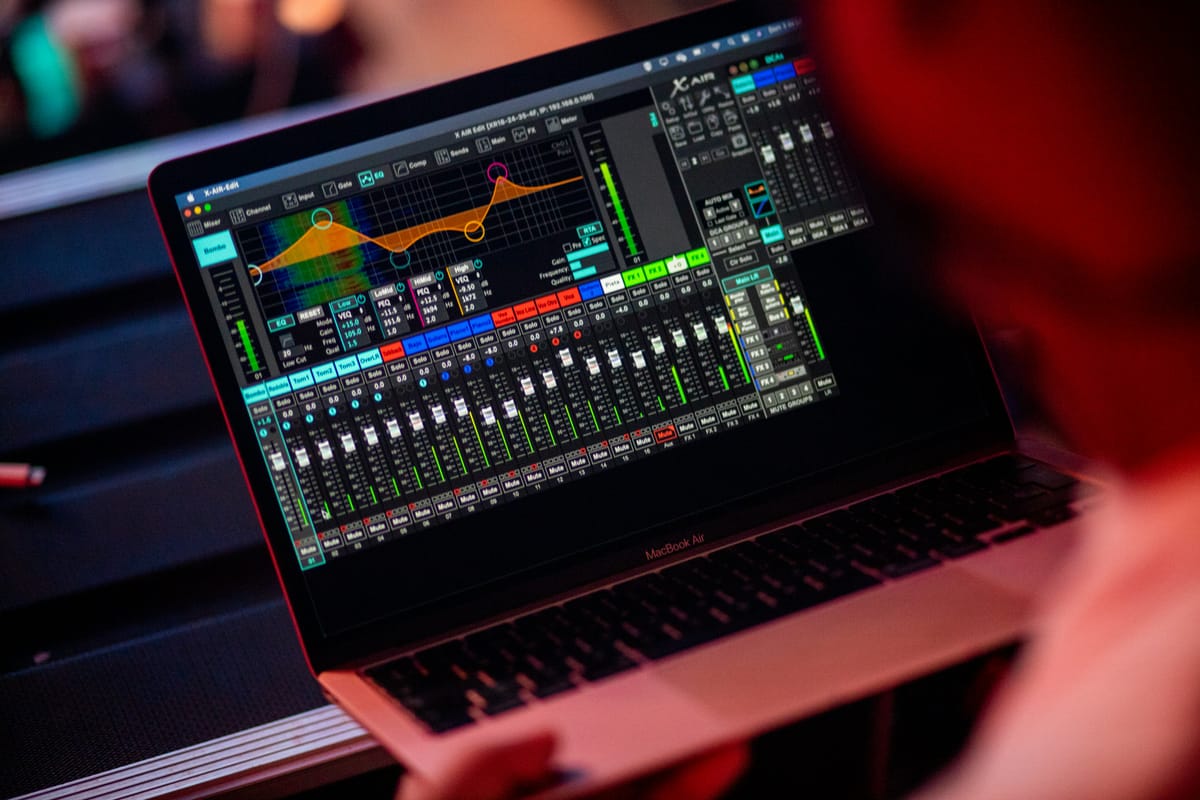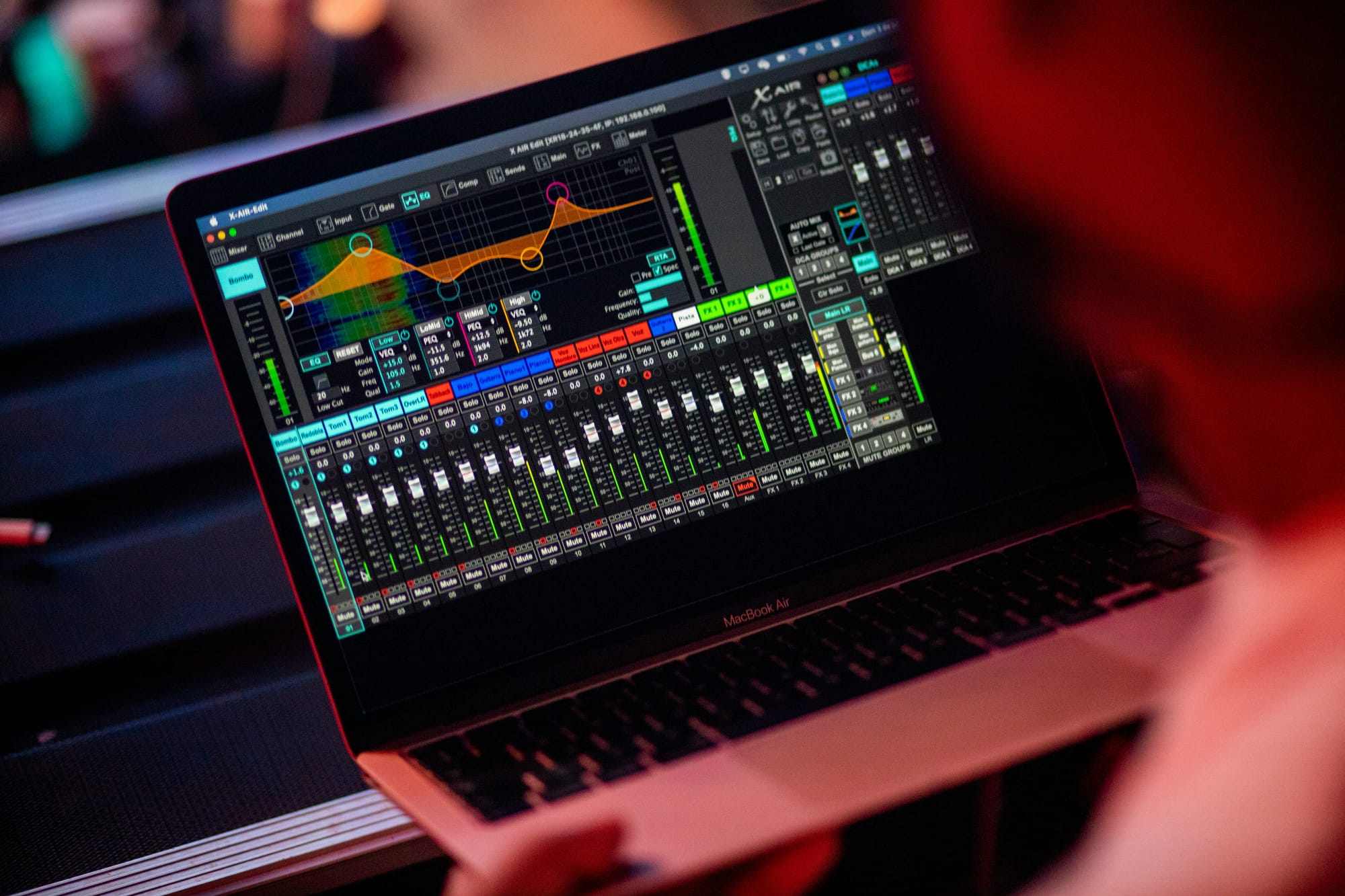Auphonic Alternatives: Top Audio Solutions
In the realm of audio production, Auphonic has long been favored for its automated audio processing capabilities.


Key Takeaways:
- Auphonic is renowned for its automated audio processing, but several alternatives offer unique features tailored to different audio production needs.
- A lesser-known fact: Some audio processing tools provide advanced noise reduction algorithms that can significantly enhance audio quality without manual intervention.
- Top alternatives include Audacity, Adobe Audition, and Hindenburg Journalist, each offering distinctive capabilities for editing and enhancing audio recordings.
- Understanding these tools can help you choose the best fit for your specific audio editing requirements.
In the realm of audio production, Auphonic has long been favored for its automated audio processing capabilities. However, there are several alternatives that cater to various aspects of audio editing, each offering unique features and benefits. Interestingly, not widely known is the fact that some advanced audio processing tools employ sophisticated noise reduction algorithms that automatically enhance audio quality, reducing the need for manual adjustments. This guide explores three top alternatives to Auphonic—Audacity, Adobe Audition, and Hindenburg Journalist—highlighting their key features and providing insights into how they can streamline your audio production workflow.
Audacity
Overview: Audacity is a free, open-source audio editing software known for its comprehensive features and user-friendly interface, making it a popular choice among beginners and professionals alike.
Key Features:
- Multi-track Editing: Allows simultaneous editing of multiple audio tracks.
- Noise Reduction: Includes a noise reduction tool to eliminate background noise.
- Effects and Plugins: Offers a wide range of effects and plugins for audio enhancement.
How to Use Audacity:
- Download and Install: Download Audacity from its official website and install it on your computer.
- Import Audio: Open Audacity and import your audio file by clicking File > Import > Audio.
- Editing: Use the selection tool to cut, copy, paste, and delete audio segments as needed.
- Noise Reduction: Select a portion of your audio containing noise, then go to Effect > Noise Reduction to reduce background noise.
- Export: Once editing is complete, export your audio file by clicking File > Export > Export as WAV or MP3.
Adobe Audition
Overview: Adobe Audition is a professional audio editing software part of the Adobe Creative Cloud suite, known for its advanced features and seamless integration with other Adobe products.
Key Features:
- Multitrack Editing: Allows editing of multiple tracks simultaneously in a non-destructive manner.
- Automatic Speech Alignment: Aligns separately recorded audio with video automatically.
- Advanced Noise Reduction: Includes advanced tools like DeReverb and DeNoise for precise audio cleanup.
How to Use Adobe Audition:
- Install and Open: Install Adobe Audition via Adobe Creative Cloud and launch the application.
- Import Files: Import your audio files by dragging them into the Multitrack Editor.
- Editing: Use the various editing tools to trim, split, and arrange audio clips on different tracks.
- Noise Reduction: Apply noise reduction effects like DeReverb or DeNoise to clean up background noise.
- Export: After editing, export your audio file by selecting File > Export > Export Selected Audio or Export Multitrack Mixdown.
Hindenburg Journalist
Overview: Hindenburg Journalist is designed specifically for journalists, podcasters, and audio storytellers, offering an intuitive interface and tools tailored for spoken-word content.
Key Features:
- Automatic Leveling: Automatically adjusts audio levels to maintain consistency.
- Voice Profiler: Creates a consistent sound profile across different recordings.
- Clipboard and Metadata Management: Organizes audio clips and manages metadata efficiently.
How to Use Hindenburg Journalist:
- Download and Install: Download Hindenburg Journalist from its official website and install it on your computer.
- Create a New Project: Open Hindenburg Journalist and create a new project.
- Import Audio: Import your audio recordings by dragging them into the project workspace.
- Editing and Leveling: Use the clipboard tool to arrange audio clips. Apply automatic leveling to balance audio levels automatically.
- Export: Once editing is complete, export your project by selecting File > Export > Export as WAV or MP3.
Fact: Advanced Noise Reduction Algorithms
One lesser-known aspect of advanced audio processing tools is their use of sophisticated noise reduction algorithms. These algorithms can intelligently analyze audio signals and automatically reduce background noise, improving overall audio quality without requiring manual intervention. This technology is particularly beneficial for podcasters and content creators who need to enhance audio clarity efficiently.
Comparison of Auphonic Alternatives
Here's a comparative overview of Audacity, Adobe Audition, and Hindenburg Journalist to help you choose the best audio editing software for your needs:
Practical Tips for Choosing Audio Editing Software
Consider the following factors when selecting audio editing software:
- Budget: Determine whether you prefer free, subscription-based, or one-time purchase options.
- Features: Assess which features are crucial for your audio editing tasks, such as noise reduction, multitrack editing, or automatic leveling.
- User Interface: Choose software with an interface that suits your workflow and experience level.
- Compatibility: Ensure compatibility with your operating system and other software tools you use.
FAQ
Is Audacity suitable for professional audio editing? While Audacity is free and user-friendly, it lacks some advanced features found in professional-grade software. It's suitable for beginners and hobbyists but may not meet all professional audio production needs.
Can Adobe Audition be used without other Adobe products? Yes, Adobe Audition can be used as a standalone application for audio editing. However, its integration with other Adobe Creative Cloud products enhances its capabilities, especially for multimedia projects.
What makes Hindenburg Journalist ideal for podcasters? Hindenburg Journalist's automatic leveling and voice profiling features are tailored for spoken-word content, making it efficient for podcasters who need to manage multiple audio recordings with consistent quality.
Do these tools require internet access for use? Most audio editing software, including Audacity, Adobe Audition, and Hindenburg Journalist, can be used offline once installed on your computer. However, certain features may require occasional internet access for updates or cloud-based functionality.
Choosing the right audio editing software is crucial for producing high-quality content. By understanding the unique features and capabilities of Audacity, Adobe Audition, and Hindenburg Journalist, you can select the best tool to streamline your audio production workflow and enhance your creative projects effectively.


